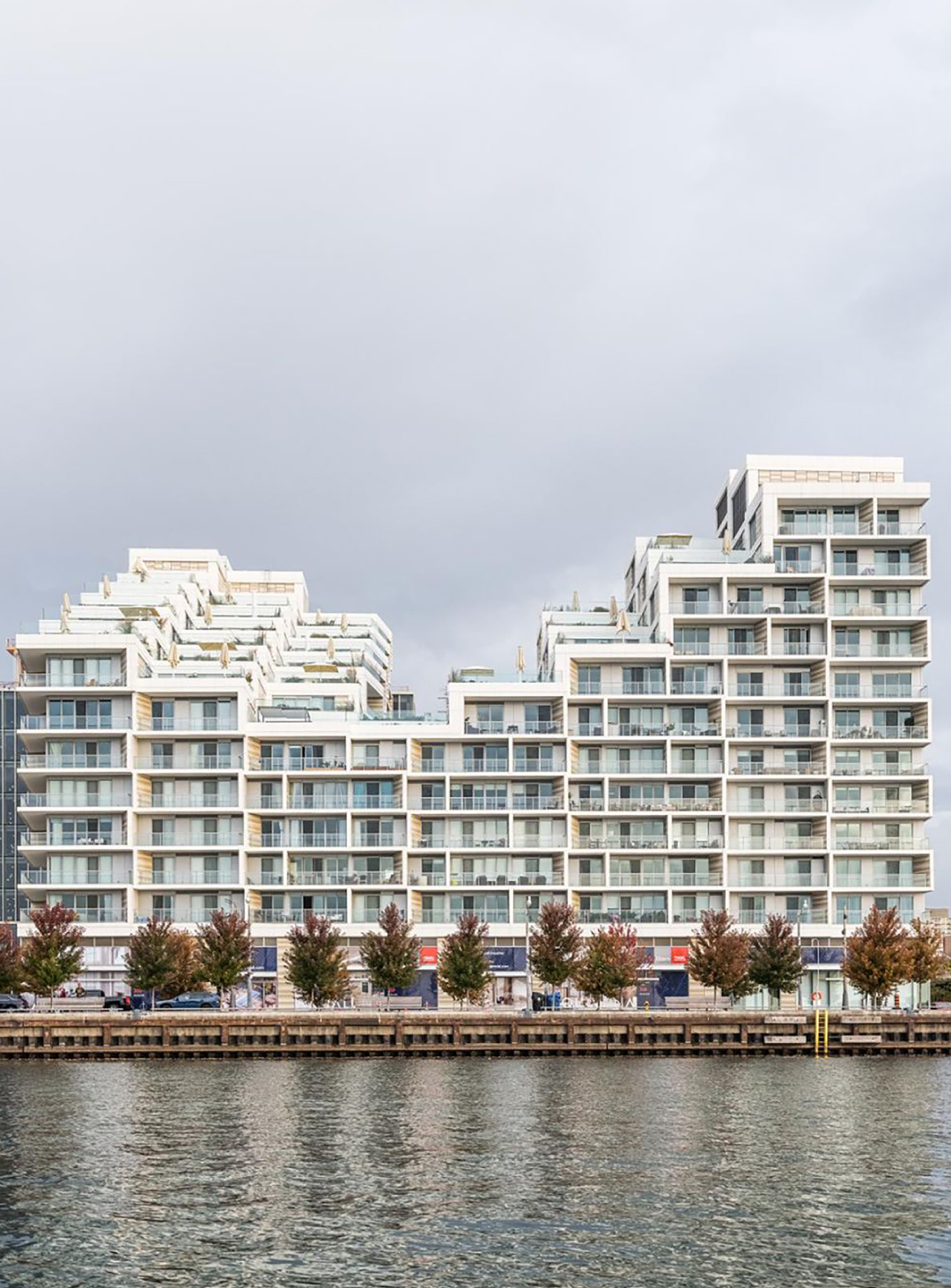
Company Updates
March 14, 2025

For decades, facade materials have been chosen primarily based on cost and aesthetics. While options like stucco, brick, and aluminum cladding provide affordability, Building-Integrated Photovoltaics (BIPV) go beyond being a passive material, they actively reduce operational expenses by generating electricity.
BIPV can’t always compete purely on upfront cost with the lowest-priced materials, but the equation shifts when considering long-term energy generation, government incentives, and sustainability advantages. Instead of just covering a building, BIPV transforms a facade into an energy-producing asset that offers real financial returns over time.
This analysis looks at a 100,000 sqft building in Los Angeles and Toronto, comparing BIPV against conventional facade choices to determine its true cost over time.
A major advantage for BIPV is the Investment Tax Credit (ITC), which reduces upfront costs by 30%:
For comparison, traditional facades cost:
A 100,000 sqft BIPV-clad building generates significant electricity, leading to long-term savings:
After factoring in ITC reductions and 30 years of energy generation, the cost landscape changes significantly:
Some materials will always have a lower upfront cost, and for projects where only immediate costs matter, traditional facades will remain the primary choice. But for those looking at long-term value, energy savings, and sustainability, BIPV presents a financially compelling case.
BIPV brings more than just financial savings:
For developers prioritizing upfront cost alone, stucco, brick, and aluminum will remain the go-to choices. But for those who look at total lifecycle value and future energy cost reductions, BIPV is a forward-thinking investment.
BIPV isn’t just about choosing a facade, it’s about upgrading a building’s long-term value.
In high-energy-cost regions like Los Angeles, BIPV becomes more cost-effective over time than many traditional materials. Even in Toronto, where electricity prices are lower, BIPV still closes the financial gap significantly over 30 years.
Want to calculate your own savings? Use the Mitrex BIPV Simulator at mitrex.com/simulator to see how BIPV could transform your project’s financial outlook.
News & Articles

Cladify’s sustainable, lightweight, and preassembled cladding solutions — developed by the sister company of Mitrex — helped realize the Aquabella tower at Toronto’s East Bayfront. Featured in Azure Magazine, this project demonstrates how premium, sustainable facades deliver design freedom, efficiency, and market recognition.

Cladify’s sustainable, lightweight, and preassembled cladding solutions — developed by the sister company of Mitrex — helped realize the Aquabella tower at Toronto’s East Bayfront. Featured in Azure Magazine, this project demonstrates how premium, sustainable facades deliver design freedom, efficiency, and market recognition.

Changing the world, one action at a time. When Mitrex joined forces with buildOn, it was about more than constructing a building—it was about creating lasting, positive change. buildOn partners closely with local governments to identify and assist communities in remote, impoverished regions worldwide.

Changing the world, one action at a time. When Mitrex joined forces with buildOn, it was about more than constructing a building—it was about creating lasting, positive change. buildOn partners closely with local governments to identify and assist communities in remote, impoverished regions worldwide.

Success depends on more than just innovative design—it depends on how well that design is executed. At Mitrex, we understand that great performance begins with great documentation. That’s why every product Mitrex manufactures is supported by a robust library of technical resources.

Success depends on more than just innovative design—it depends on how well that design is executed. At Mitrex, we understand that great performance begins with great documentation. That’s why every product Mitrex manufactures is supported by a robust library of technical resources.